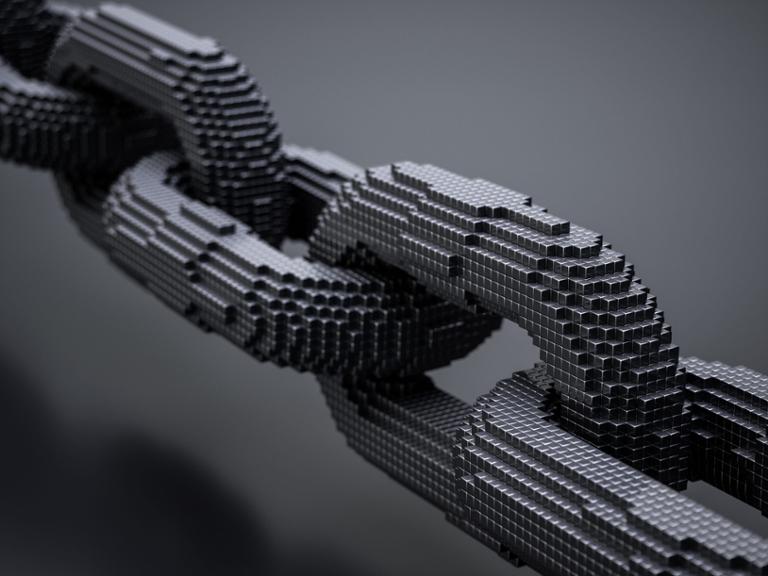Will Blockchain-as-a-Service Become a Mainstream Thing?
You’ve no doubt heard of Software-as-a-Service (SaaS), Infrastructure-as-a-Service (IaaS), and Platform-as-a-Service (PaaS). Is Blockchain-as-a-Service (BaaS) next? Oracle has released its take on “BaaS,” which it calls the Oracle Blockchain Cloud Service. In theory, the service will allow companies to quickly create and maintain tamper-proof contracts and distributed ledgers. That’s something of potentially enormous utility to businesses that need to maintain high levels of validation and security in transactions. While Oracle isn't the first tech giant to offer blockchain tools, the concept of "BaaS" could help push blockchain further into the business mainstream. Other companies' products tend to focus on the developer aspect of blockchain; for example, Microsoft's Azure Blockchain Workbench (currently in version 1.1.0) also leverages the cloud to facilitate the connecting of blockchain-enhanced applications to existing business infrastructure. In a similar vein, Google recently paired with Digital Asset, a startup, to integrate blockchain functionality into Google Cloud. Specifically, Digital Asset will give Google access to an SDK for DAML (Digital Asset Modeling Language), a programming language for building blockchain-based applications such as smart contracting. Separate from the Digital Asset move, Google has reportedly explored the potential uses of blockchain toolsets for Google Cloud. For those who haven’t kept an eye on blockchain, the (much hyped) concept is a simple one: a blockchain is a distributed database that maintains a chain of “blocks,” or records with a timestamp and link to a previous block. It is difficult (although technically not impossible) for a user to retroactively alter data within a particular block without someone noticing. This makes blockchains secure by design. In retooling blockchain as a cloud-based service, Oracle provides the necessary network components, REST proxy, and an administration console. The platform is built atop Hyperledger Fabric, a blockchain framework implementation hosted by The Linux Foundation (with contributions by IBM and Digital Asset). It operates akin to a peer-to-peer network, with validating nodes/peers updating the ledger as necessary, digitally signing new changes. Once an order or action is complete, the result is secured in an encrypted data block and appended to the ledger. In order for an effort like Oracle’s to succeed, it needs to be relatively simple for end users to grasp and execute; the best scenario is that all transactions proceed as normal, with the blockchain-related actions happening out of sight. Indeed, burying pretty much any blockchain function behind a cheerful, user-friendly dashboard is probably the key to broader adoption. At the moment, blockchain-related jobs are fluctuating with the price of Bitcoin, according to an analysis of Dice data earlier this year. When the price of Bitcoin climbs, companies become more interested in hiring tech pros well-versed in the intricacies of blockchain; when the price declines, the jobs tend to decline. That’s an understandable trend, considering the hype and money surrounding Bitcoin, which has managed to endure despite wild swings in price and some regulatory issues. The big question now is whether blockchain-related jobs will rise irrespective of cryptocurrency trends. If products such as Oracle’s blockchain service catch on, the chances of that happening seem more likely.


